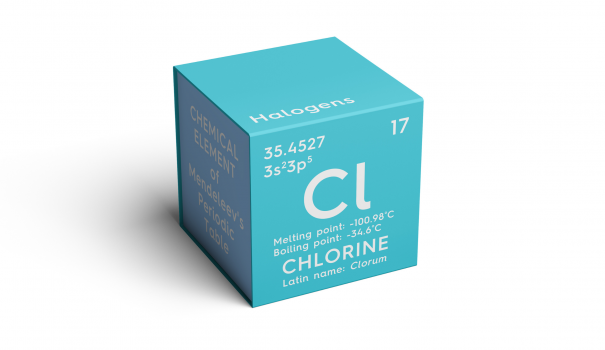
Chlorine Dioxide fogging; Fast, Safe and Effective?
Coupling fogging, which is well known to be a thorough means of decontamination when applied properly, with something like a chlorine dioxide chemical may be a dangerous recipe. For one, if the disinfectant label says the ingredients are a mixture of chlorine dioxide and ammonium chloride, this is not a true chlorine dioxide product. Instead, it’s mixed with a “quat” which means it will most likely leave a sticky residue, aka chemicals that can build up and hold the chlorine dioxide in place long enough to cause some serious corrosion issues, specifically on electronics. This blend of chlorine dioxide and ammonium chloride is often widely sold into EMS, schools and military, with the promise of being excellent for material compatibility and having fast turnaround after fogging. The reality here though is that’s not the case.
The chlorine dioxide component of the disinfectant falls under OSHA mandates for minimum exposure levels — for chlorine dioxide, it is .1ppm. To reach this safe level, it can take hours, and breathing in droplets of this can expose you to not just chlorine dioxide but also ammonium chlorides which both can be very dangerous to people who breathe it in. As a cleaner and mold inhibitor, chlorine dioxide can work, but as a disinfectant, it’ll leave sticky residues and rooms smelling like pools. Fogging on the other hand, when done right, makes less work for the operator and can be a great disinfectant.